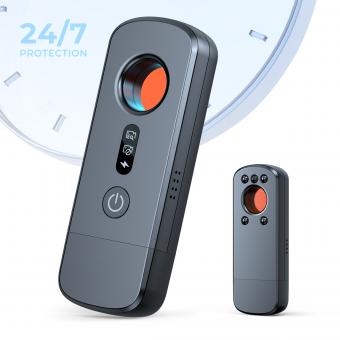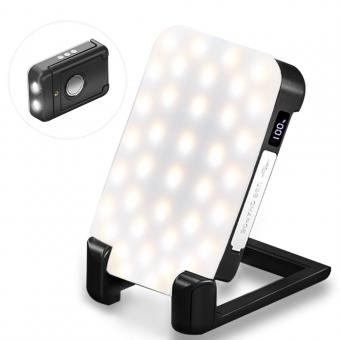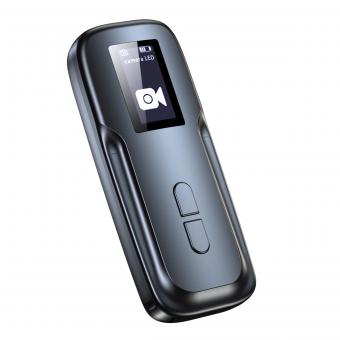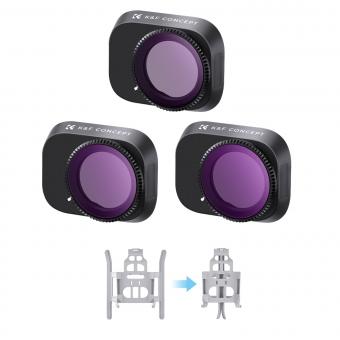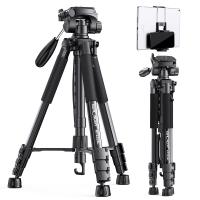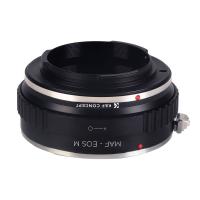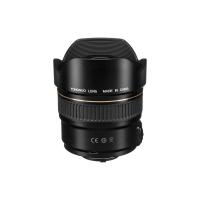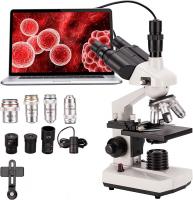Can You Set Up Hidden Cameras Via 4g ?
Yes, it is possible to set up hidden cameras via 4G. 4G cameras use cellular networks to transmit video footage to a remote location, which means they do not require a wired internet connection. This makes them ideal for remote locations or areas where internet connectivity is limited. The cameras can be set up to record continuously or triggered by motion detection, and the footage can be accessed remotely using a smartphone or computer. Some 4G cameras also come with built-in storage, allowing them to store footage locally in case of network outages. However, it is important to note that the use of hidden cameras may be subject to legal restrictions in some jurisdictions, and it is important to ensure that their use complies with local laws and regulations.
1、 Wireless 4G camera technology
Yes, it is possible to set up hidden cameras via 4G using wireless 4G camera technology. This technology allows for remote access and monitoring of the camera feed through a mobile device or computer. The 4G network provides a reliable and fast connection, making it ideal for real-time surveillance.
One of the latest advancements in wireless 4G camera technology is the use of artificial intelligence (AI) and machine learning algorithms. These algorithms can analyze the camera feed and detect any unusual activity, such as movement or sound, and alert the user. This feature is particularly useful for security purposes, as it can help prevent theft or break-ins.
Another advantage of wireless 4G cameras is their portability and ease of installation. They can be placed in any location with a 4G signal, making them ideal for outdoor surveillance or remote locations. Additionally, they do not require any wiring or drilling, which makes them easy to install and remove.
However, it is important to note that the use of hidden cameras may be subject to legal restrictions in some jurisdictions. It is important to consult with local laws and regulations before installing hidden cameras. Additionally, it is important to respect the privacy of individuals and not use hidden cameras for unethical purposes.
In conclusion, wireless 4G camera technology allows for the easy and remote setup of hidden cameras. The latest advancements in AI and machine learning algorithms make them even more effective for security purposes. However, it is important to use them ethically and in compliance with local laws and regulations.
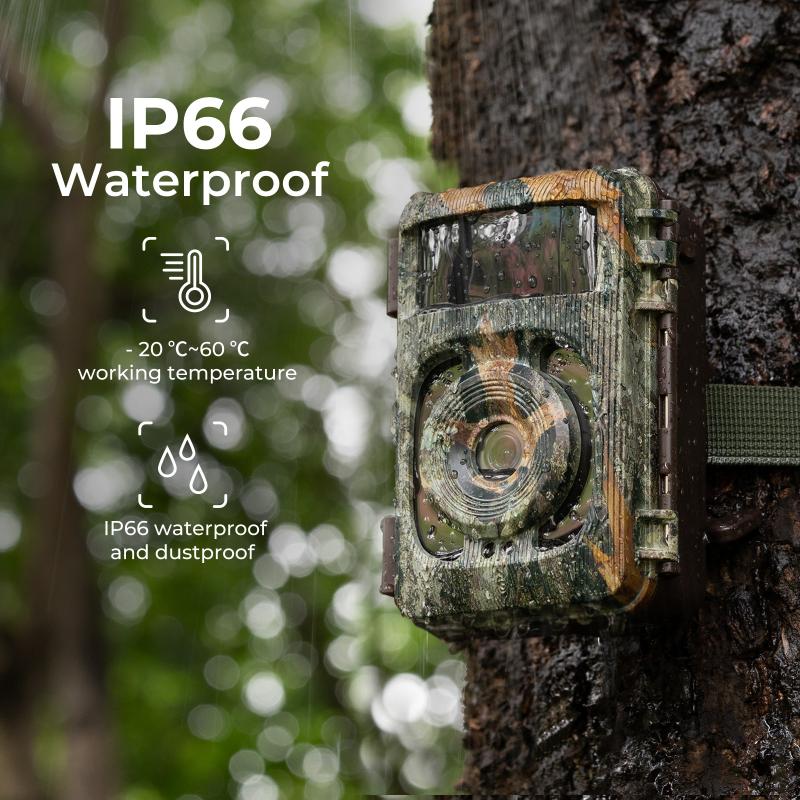
2、 Remote access and control
Yes, it is possible to set up hidden cameras via 4G for remote access and control. With the advancements in technology, it has become easier to set up and control hidden cameras remotely. 4G technology provides a fast and reliable internet connection, which is essential for remote access and control of hidden cameras.
There are various types of hidden cameras available in the market that can be connected to the internet via 4G. These cameras can be controlled and accessed remotely using a smartphone, tablet, or computer. The user can view live footage, record videos, and even control the camera's movement remotely.
One of the latest advancements in hidden camera technology is the use of artificial intelligence (AI) and machine learning. These technologies enable the camera to detect and recognize faces, objects, and movements, making it easier to monitor and control the camera remotely.
However, it is important to note that the use of hidden cameras for surveillance purposes should be done ethically and legally. It is essential to obtain consent from the people being monitored and to comply with privacy laws and regulations.
In conclusion, setting up hidden cameras via 4G for remote access and control is possible and has become easier with the latest advancements in technology. However, it is important to use these cameras ethically and legally to avoid any legal or ethical issues.
3、 Data plans and network coverage
Yes, it is possible to set up hidden cameras via 4G. However, the success of this setup depends on two main factors: data plans and network coverage.
Data plans are essential for setting up hidden cameras via 4G. The cameras require a stable and reliable internet connection to transmit the footage to the user's device. Therefore, it is crucial to have a data plan that provides sufficient data allowance and speed to support the camera's streaming needs. Users should also consider the cost of the data plan, as some plans may be expensive and not cost-effective for long-term use.
Network coverage is another critical factor to consider when setting up hidden cameras via 4G. The cameras require a strong and stable network connection to transmit the footage without interruption. Therefore, users should ensure that the network coverage in their area is reliable and stable. They can check the coverage maps of different network providers to determine which provider offers the best coverage in their area.
In recent years, advancements in technology have made it easier to set up hidden cameras via 4G. Some cameras now come with built-in 4G connectivity, eliminating the need for external modems or routers. Additionally, some network providers offer dedicated data plans for IoT devices, including hidden cameras, making it easier and more cost-effective to set up and use these devices.
In conclusion, setting up hidden cameras via 4G is possible, but it requires a stable and reliable internet connection and network coverage. Users should consider the cost and data allowance of their data plan and ensure that the network coverage in their area is strong and stable. With the latest advancements in technology, setting up hidden cameras via 4G has become more accessible and cost-effective.
4、 Security and privacy concerns
Security and privacy concerns are important considerations when it comes to setting up hidden cameras via 4G. While it is technically possible to do so, there are several factors that need to be taken into account.
Firstly, it is important to ensure that the cameras are set up in a way that does not violate any privacy laws or regulations. This means that the cameras should not be placed in areas where people have a reasonable expectation of privacy, such as bathrooms or bedrooms.
Secondly, it is important to ensure that the cameras are secure and cannot be accessed by unauthorized individuals. This means that the cameras should be password-protected and encrypted to prevent hacking or unauthorized access.
Finally, it is important to consider the potential impact on the network and data usage. Streaming video over 4G can consume a significant amount of data, which can be costly and may impact the performance of the network.
In terms of the latest point of view, there has been growing concern about the use of hidden cameras for surveillance purposes, particularly in the workplace. Some experts have called for greater regulation and oversight of the use of such cameras to ensure that they are used in a responsible and ethical manner. Additionally, there have been concerns about the potential for abuse, such as the use of hidden cameras for voyeurism or other illegal activities. As such, it is important to carefully consider the security and privacy implications of setting up hidden cameras via 4G, and to ensure that they are used in a responsible and ethical manner.

